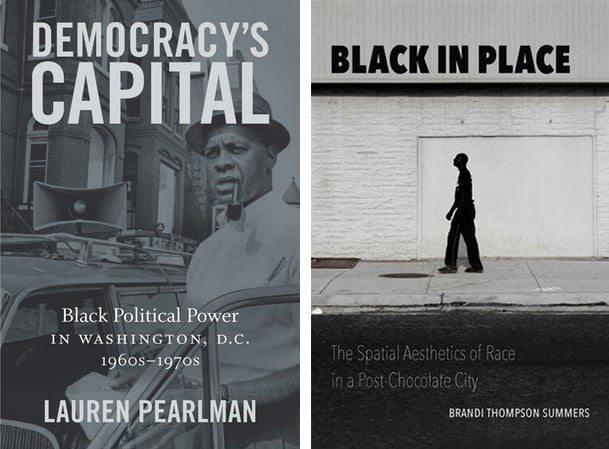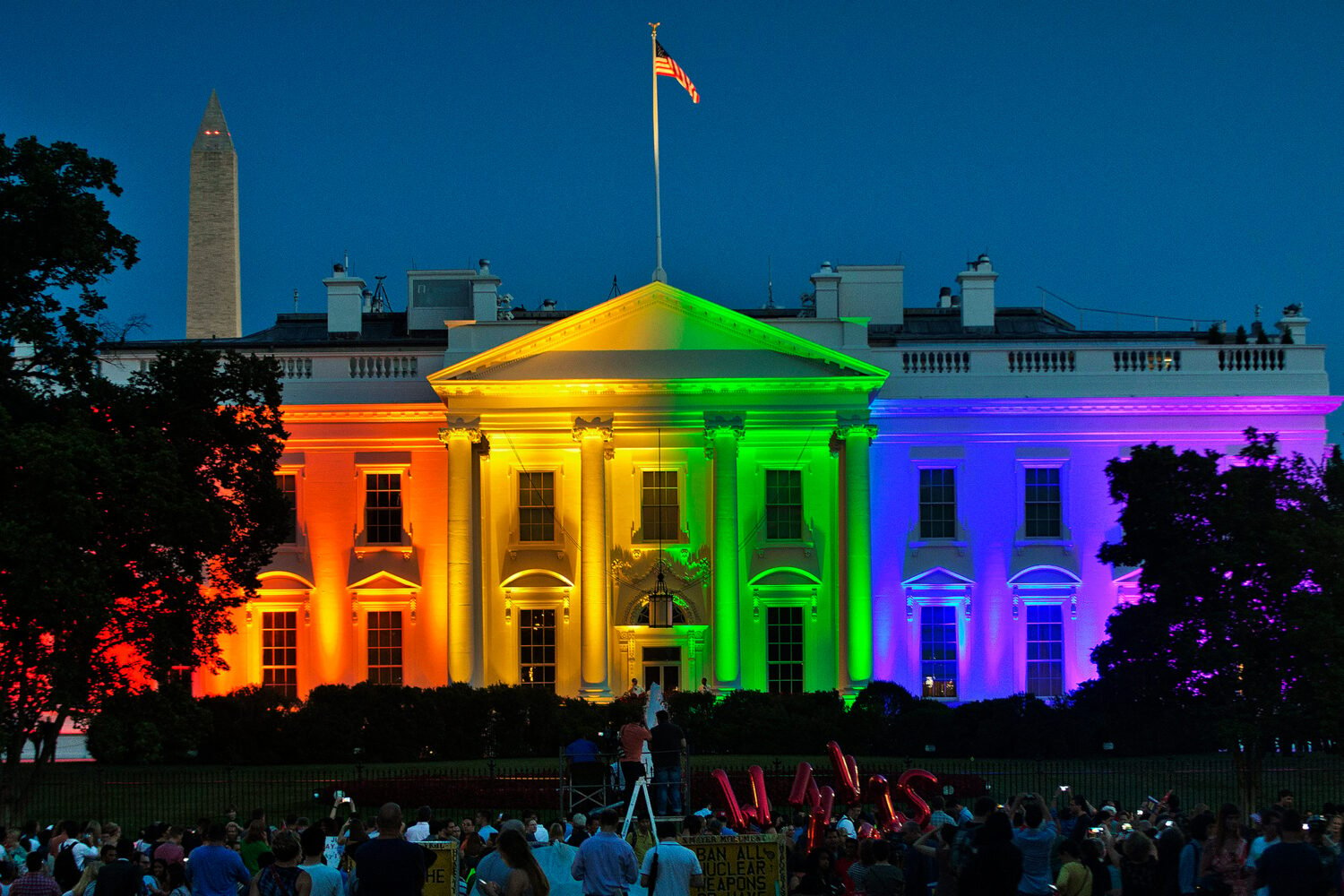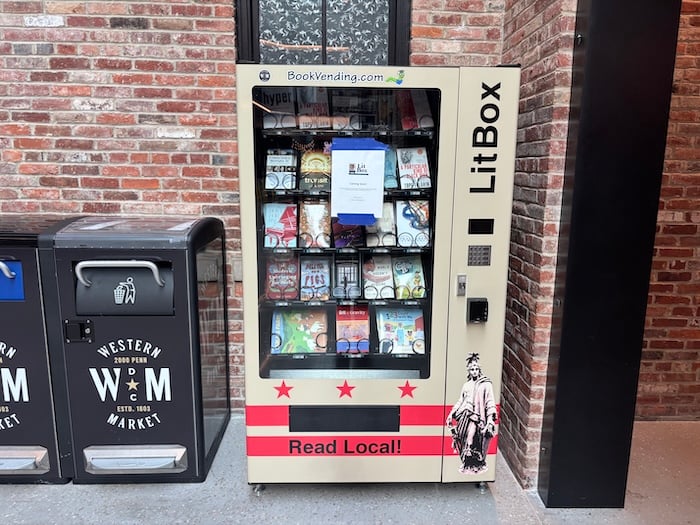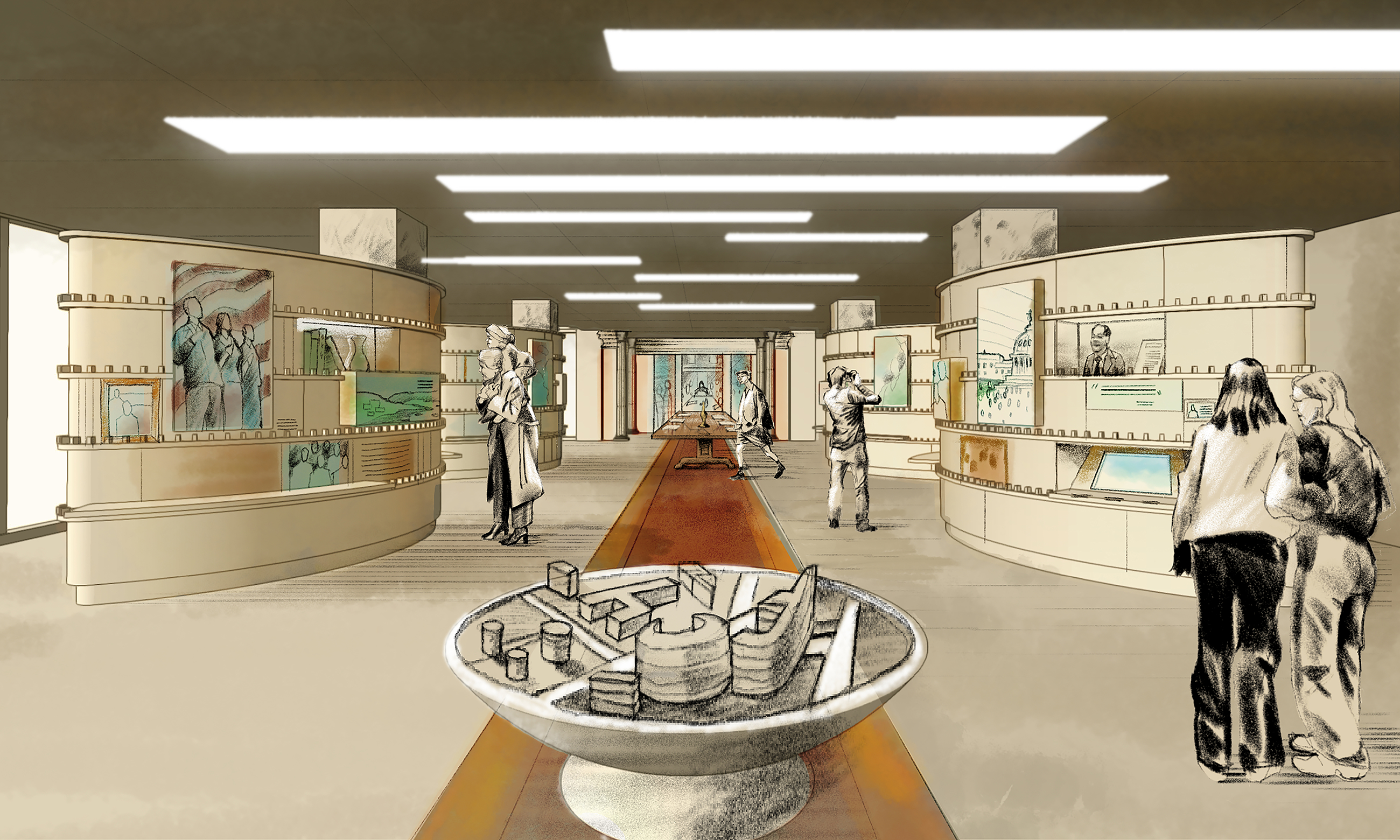Democracy’s Capital: Black Political Power in Washington, D.C. 1960s–1970s
What it’s about: The struggle for home rule—how activists and city leaders finally won the right for the majority-black city to govern itself, with its own elected mayor and council.
Who wrote it: University of Florida history professor Lauren Pearlman, who started her research as part of her PhD dissertation.
Interesting fact: To combat police brutality in the early ’60s, activist Julius Hobson—who later served on the DC Council—branded his car the “cop watching wagon” and followed squad cars around on Friday nights.
Black in Place: The Spatial Aesthetics of Race in a Post-Chocolate City
What it’s about: Long-term social, economic, and racial shifts in Washington, as seen through an in-depth look at the evolution of H Street, Northeast.
Who wrote it: UC Berkeley geography professor Brandi Thompson Summers, who moved to this area in 2011 while doing research on political organizing and was intrigued by the changes she saw happening.
Interesting fact: Summers points out the jarring reality that the original Atlas Theater—which closed in 1973, reopened as a performing-arts center in 2003, and is the source of the area’s Atlas District moniker—banned black patrons until 1951.
This article appears in the March 2020 issue of Washingtonian.


















